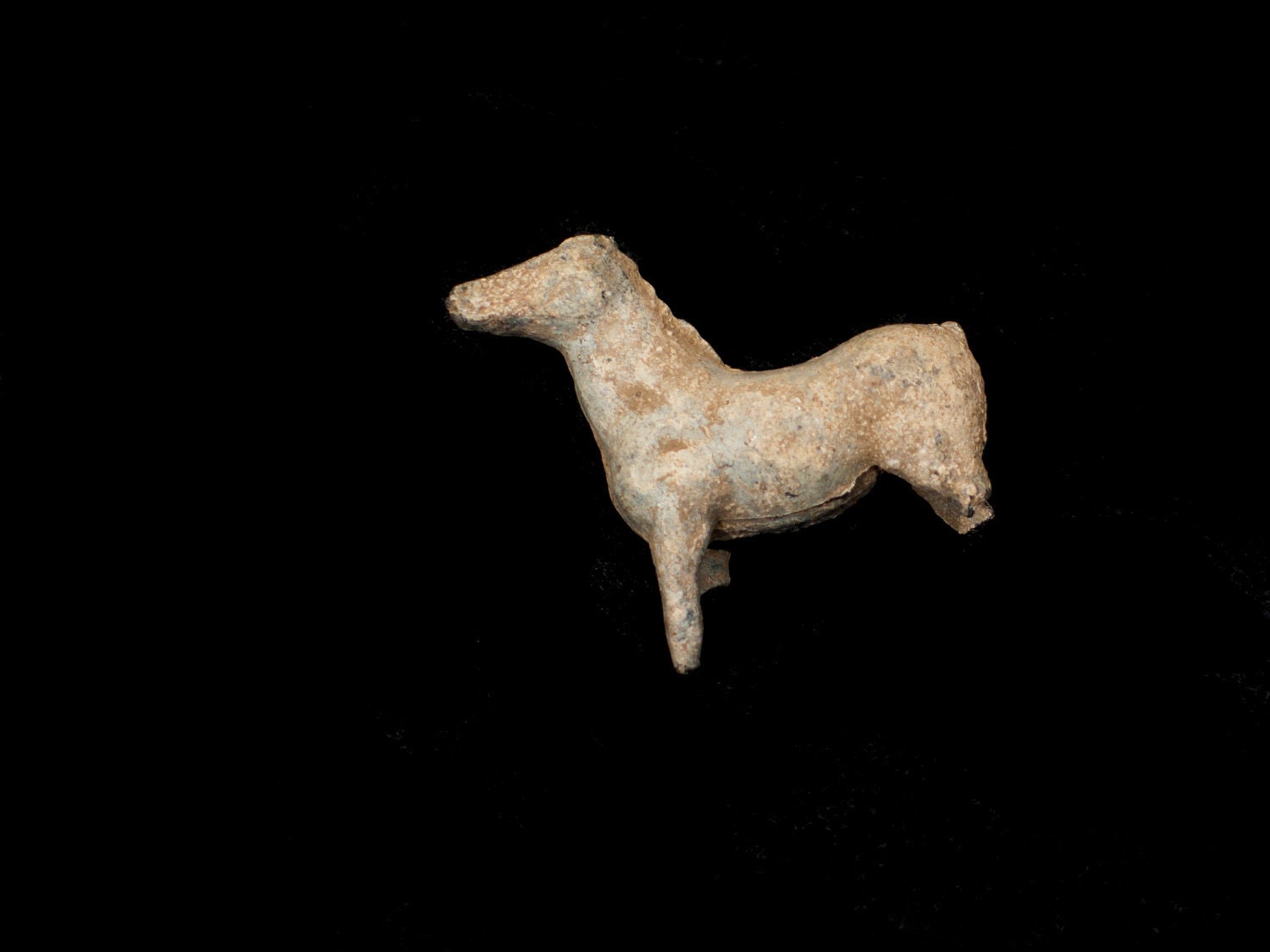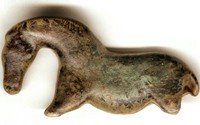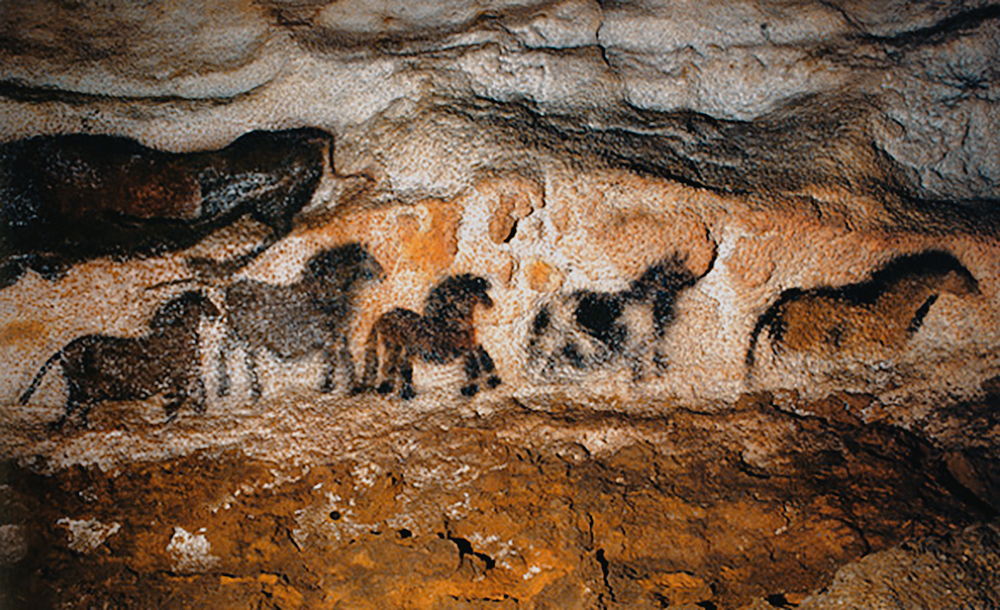My Horse, My Love
by Horse Poet
I can only imagine
What is in your heart,
What do you feel
When we are apart?
My horse, my love,
I have given you my all
Do you dream of me,
Do you think of me at all?
My horse, my love,
I gaze into your eyes
Your presence fills the air
Ever the same, ever a surprise
My horse, my love,
Do you care for me?
I dream of you at night
When you are all I see
I can only imagine,
What is in your heart,
What do you feel
When we are apart?
What is in your heart,
What do you feel
When we are apart?
My horse, my love,
I have given you my all
Do you dream of me,
Do you think of me at all?
My horse, my love,
I gaze into your eyes
Your presence fills the air
Ever the same, ever a surprise
My horse, my love,
Do you care for me?
I dream of you at night
When you are all I see
I can only imagine,
What is in your heart,
What do you feel
When we are apart?
I need to preface what I'm about to say with this: I love horses. I enjoy riding horses, I think they are majestic, I think interacting with them is a very beautiful thing.
Okay, here is the rest.
So I brought up to a few horse lovers that I thought maybe zebras could be domesticated too and that horses also tend to bite, that did not sit well with them. They became very defensive and insisted horses are kind gentle creatures and that zebras are inherently vicious and unconquerable. I hope my post about horses being less than gentle at least gives evidence that horses can be violent. My question is, why are people so defensive about horses? Why does the very idea that zebras are capable of being as "gentle" as horses are offend some horse lovers? Maybe it was more my statement that horses are capable of being vicious that made them upset...
Okay, here is the rest.
So I brought up to a few horse lovers that I thought maybe zebras could be domesticated too and that horses also tend to bite, that did not sit well with them. They became very defensive and insisted horses are kind gentle creatures and that zebras are inherently vicious and unconquerable. I hope my post about horses being less than gentle at least gives evidence that horses can be violent. My question is, why are people so defensive about horses? Why does the very idea that zebras are capable of being as "gentle" as horses are offend some horse lovers? Maybe it was more my statement that horses are capable of being vicious that made them upset...
Horse poem: http://www.poemhunter.com/poem/my-horse-my-love/













 http://www.bradshawfoundation.com/lascaux/lascaux_the_future.php
http://www.bradshawfoundation.com/lascaux/lascaux_the_future.php












![[PHOTOGRAPH] A Botai stallion's lower second premolar showing evidence of bridling [Image © of <i>Science</i>/AAAS] [PHOTOGRAPH] A Botai stallion's lower second premolar showing evidence of bridling [Image © of <i>Science</i>/AAAS]](http://www.aaas.org/news/releases/2009/images/0306sp_horse_outram2.jpg)


